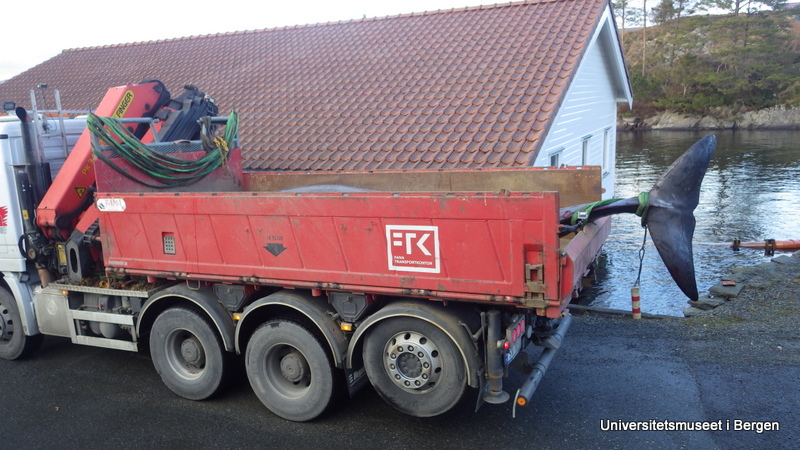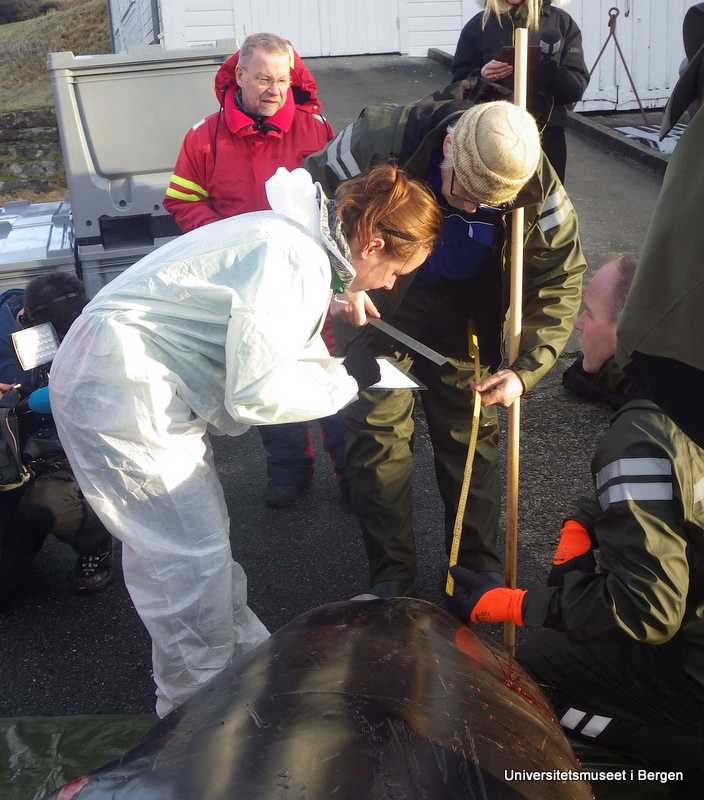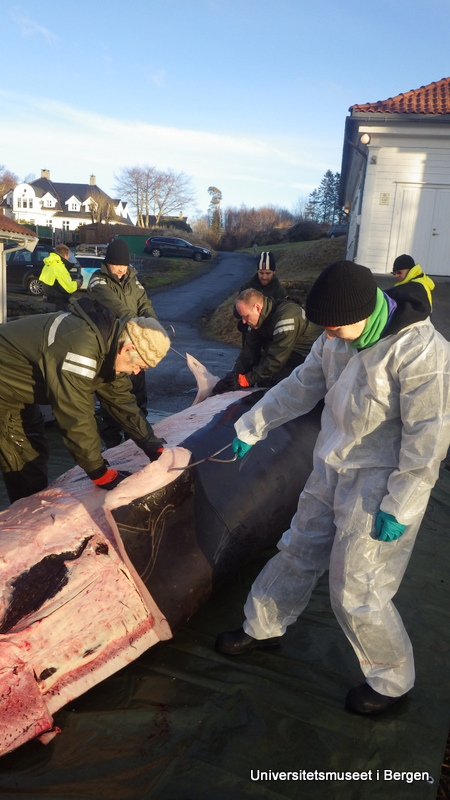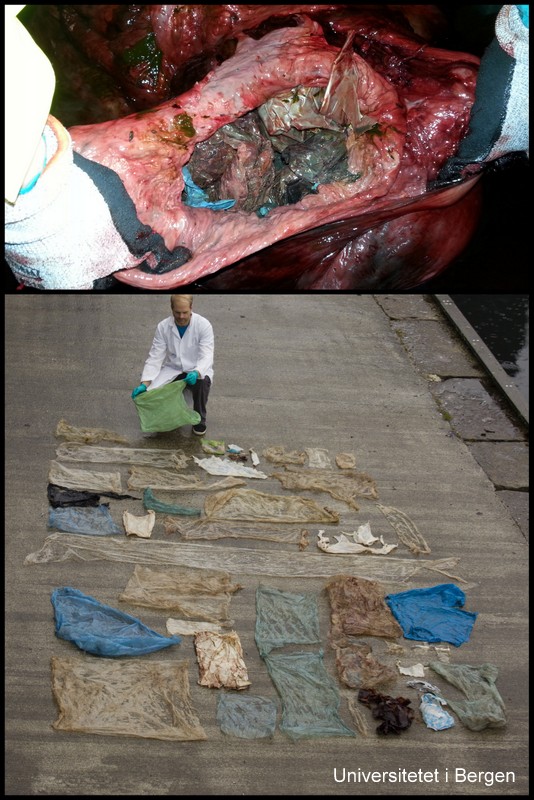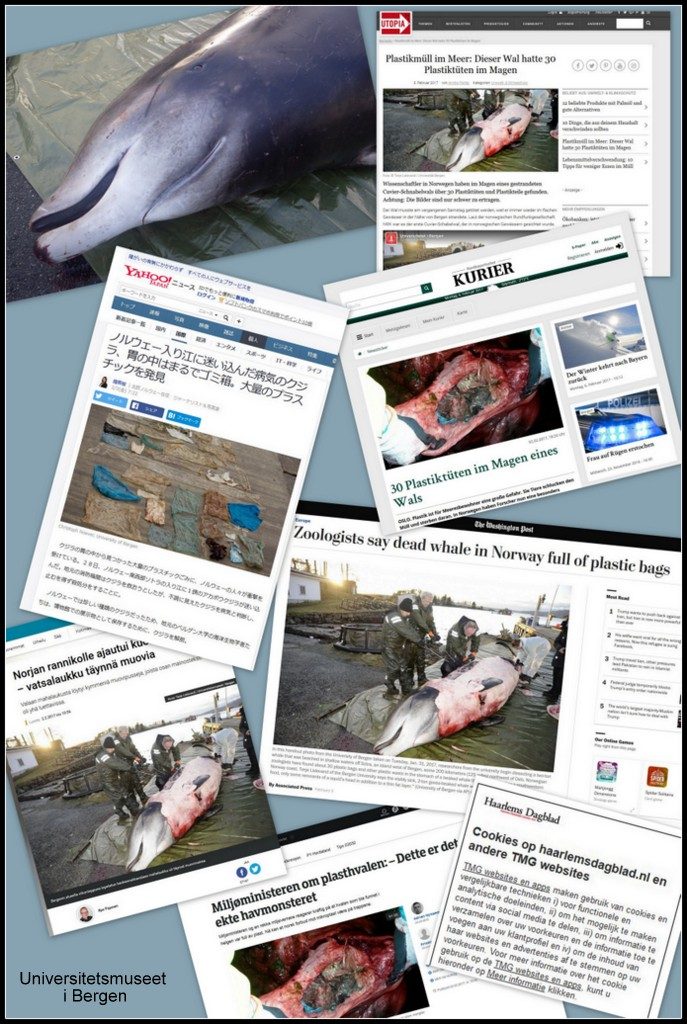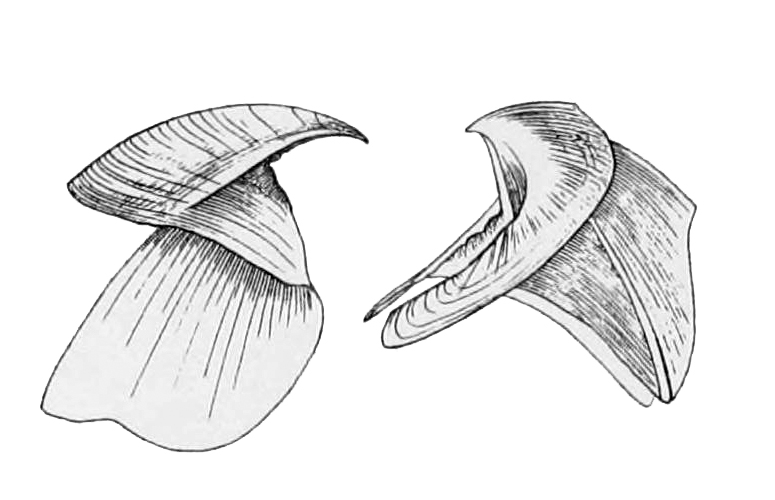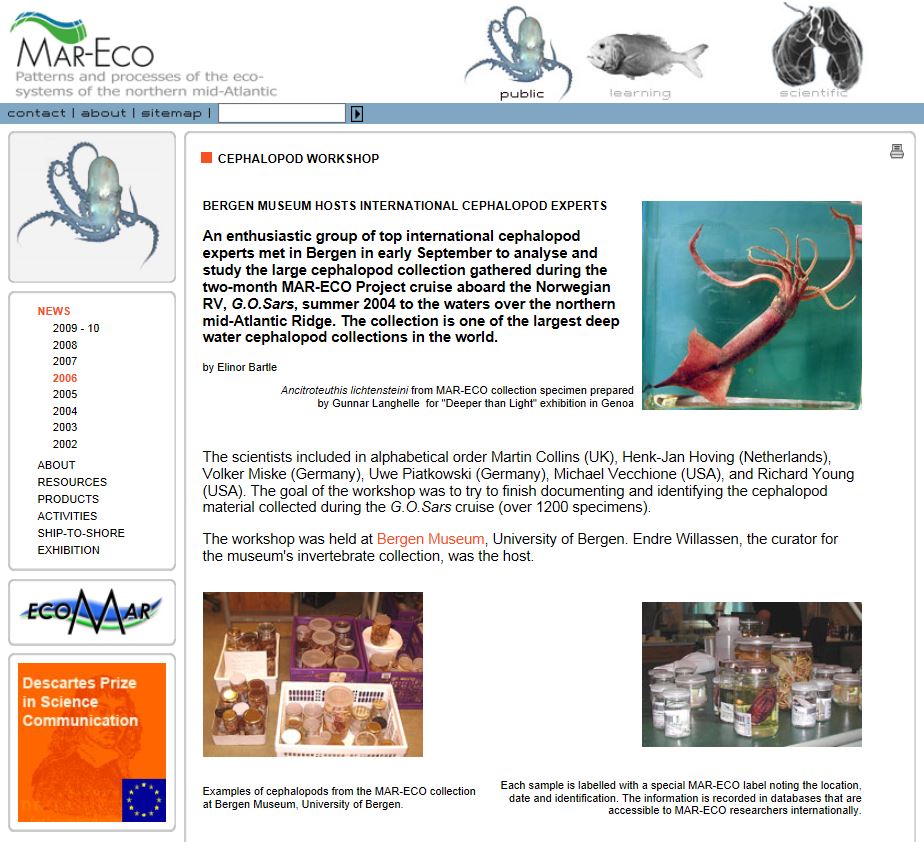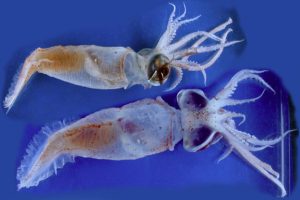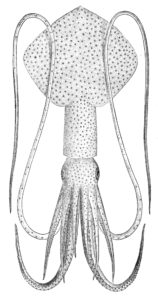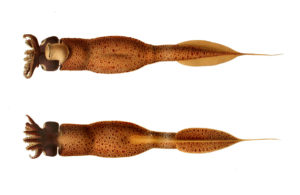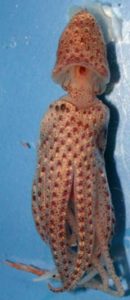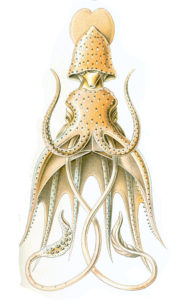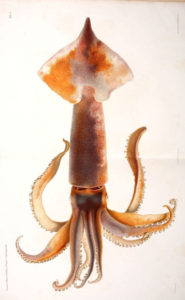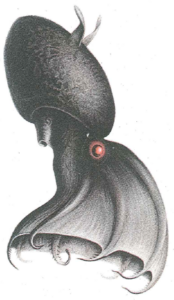A whale recently had to be put down by wildlife management after it had repeatedly beached itself on the island of Sotra outside of Bergen. It was found to be a Cuvier’s beaked whale (Ziphius cavirostris), a species with apparently no official previous records from Norway. The University Museum of Bergen therefore wished to include the whale skeleton in its collections (and future exhibitions, once the remodelling completes).
The whale was transported to the Marine Biological Station of Espegrend, and a team of five people from the museum set to work collecting measurements of the whale, taking tissue samples for DNA-barcoding though the NorBOL-project, collecting ectoparasites, and doing photo-documentation.
We then began removing the blubber and muscle tissue off the whale so that the bones can be further treated (they contain a lot of oil which needs to be taken care of once the soft tissue has been removed), before the skeleton can be mounted for display.
Little did we know that what had so far been a local news matter would soon go viral…
Sadly, it became clear during the autopsy that the whale had been ingesting massive amounts of plastic – as much as 30 plastic bags, and many smaller pieces of plastic. The whale was emaciated, and we believe that the plastic had gathered in such an amount in its stomach that it had created a plug, stopping the digestive process.
The images of all the plastic spread out on the ground became a potent reminder of the tragedies that marine pollution is creating, and has sparked a renewed debate on how we can limit the amount of micro- and macro-plastic that end up in nature.
What should the Cuvier’s beaked whale have been eating?
Occurring as solitary animals or in small pods, and preferring the deeper open waters, the Cuvier’s beaked whale is not an easy animal to study. We do know that the species have a more or less cosmopolitan distribution, and that it holds the world record for longest and deepest dive for any mammal: one was recorded diving down to 3000 meters.
What data we do have on the species diet comes from beached individuals, and suggests that the species may be a fairly omnivorous predator. From the limited number of Cuvier’s beaked whales that have been examined for stomach content, there are regional differences in the diet, but it seems to consist mainly of cephalopods (squid and octopuses), deep sea fish, and medium sized crustaceans (Santos og andre 2001).

Above are the suckers on the arm of a giant squid, Architeuthis. Below are scars on the skin of a sperm whale. Photo: E.Willassen
The cephalopods appear to be the dominant food source, but this interpretation may be influenced by the longevity of the hard parts of a cephalopod in the stomach.
The tough beaks of a cephalopod consist of chitin, and is used for tearing prey to pieces. Chitin is also found in the suckers of many cephalopods. The beaks can be used to identify the cephalod groups based on their size and shapes. Animals such as jellyfish would be much harder to document as part of the diet, as they would be digested much more rapidly and completely.
We don’t know how well resolved the information produced by the animal’s echo-location is, but it is conceivable that the plastic reflects signals in a way similar to the natural food of the whale, and is therefore “caught” and eaten.
We did find some cephalopod beaks in between the plastic in the whale stomach – so far we have not had the time to attempt to identify these, but we will.
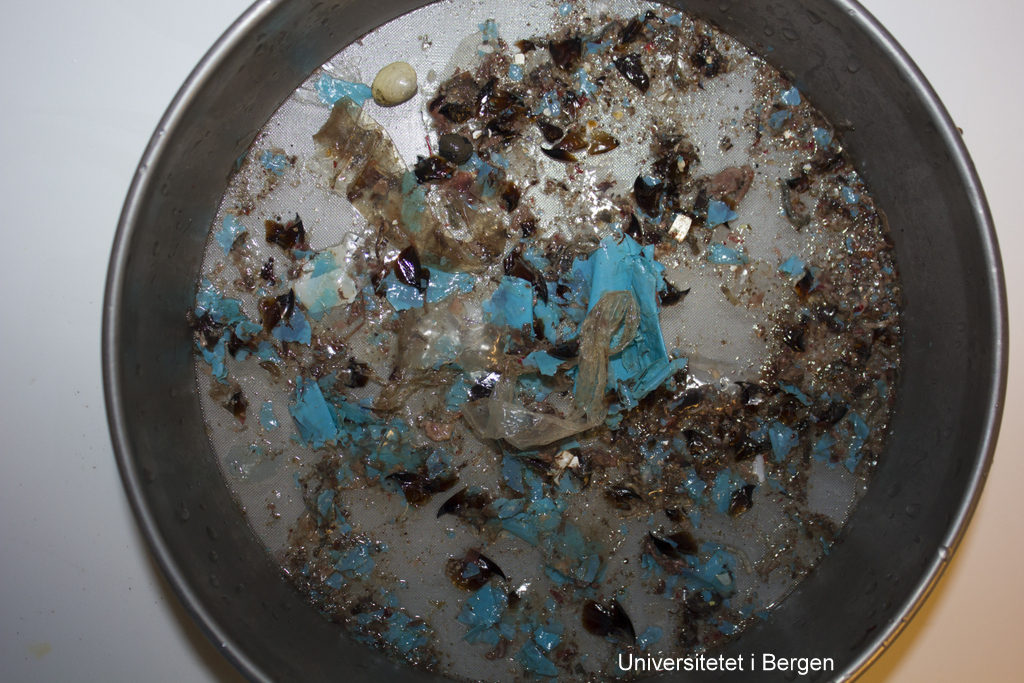
Amongst the plastic there are some cephalopod beaks (dark brown) and a bivalve shell (top left). Photo: C. Noever
The University Museum have extensive cephalopod collections, and long traditions for working with this group – from Dr. Jakob Johan Adolf Appellöf who began working here in 1890, to the material collected in the MAR-ECO project.
From the work of Santos et al 2001 we know that the following species are in the diet of European Curvier’s beaked whales, and are probably amongst the things our whale should have been eating:
Teuthowenia megalops is an odd squid that floats around in the open water with a propulsion system based on ammoniumchloride that the animal produces by digesting protein. The name “megalops” hints to the huge eyes, which also contain three light producing organs (chromatophores). The species seems to be common in deep water in the north Atlantic (Vecchione et al. 2008). For more information, see Wikipedia.
Mastigoteuthis agassizii was originally registered in whale stomachs as Mastigoteuthis schmidti, but from the work on the MAR-ECO project, three species of Mastigoteuthis were considered to all be M. agassizii. Some ambiguity remains about the species of this genus of oceanic squid with a broad distribution in the world’s oceans in depths ranging from 500 to 1000 meters. They have diurnal migration, and may be found hunting closer to the surface at night.
Taonius pavo
This little squid is not very well known. It has been recorded from the Atlantic Ocean, but it may have a broader distribution. In this link you will find a video from the Bahamas at 850 m depth where the animal releases bio- luminescent “ink” to confuse a predator and escape.
Histioteuthis bonnellii has several names in English, one of which is “umbrella squid”. The name is due to the skirt-like membrane between the arms – when it splays its arms it resembles an umbrella. We don’t know much about the biology of H. bonellii, except that it has several close relatives in the world oceans, and that what has hitherto been considered one species (H. bonellii) may well turn out to be several species.
Todarodes sagittatus, the European flying squid, is one of the ten-armed cephalopods that may irregularly occur in schools along the Norwegian coast. T. sagittatus is subject to fisheries.
Vampyroteuthis infernalis – the vampire squid is a deep-sea squid with eight arms and a skirt-like mantle between its arms. It also has moveable wings on its body that it can use to manoeuvre with. The name “vampire squid” is not quite true – this is no blood sucker, but it traps organic material from the water masses using long, sticky threads. If threatened, it can invert the “skirt” over its head, resembling a hedgehog. It also has light producing organs towards the back of the body, and can create clouds of bioluminescence. Even with all these defences, it may end up in the stomach of a Cuvier’s beaked whale.
Below are a couple of videos of V. infernalis:
youtube 1 (same as above)
youtube 2
youtube 3
youtube 4
Other prey
Pelagic crustaceans and deep sea fish are also amongst the recorded prey from Cuvier’s beaked whales. Amongst these we find the fairly large and shrimplike Gnathophausia, found within the order Lophogastrida, which has been studied extensively at the University of Bergen. We also found a bivalve shell in the stomach of our whale, which as far as we are aware of has not been recorded as part of their diet previously.
Plastic or food?
It may seem strange that the whale should ingest large amounts of plastic – why would it do that? If the whale primarily finds its pray by echolocation in the pitch black of the deep sea, it may well be that it is unable to differentiate between the reflected signal from a sheet of plastic, and that from one of its usual prey animals.
Unlike the sperm whales that hunt cephalopods in a similar way, the beaked does not have teeth to grab its pray. Instead they use a suction to ingest the food. Perhaps it is this feeding mode that becomes very unfortunate for the whales in a natural environment with an incredible amount of human garbage.
-EW & Katrine

